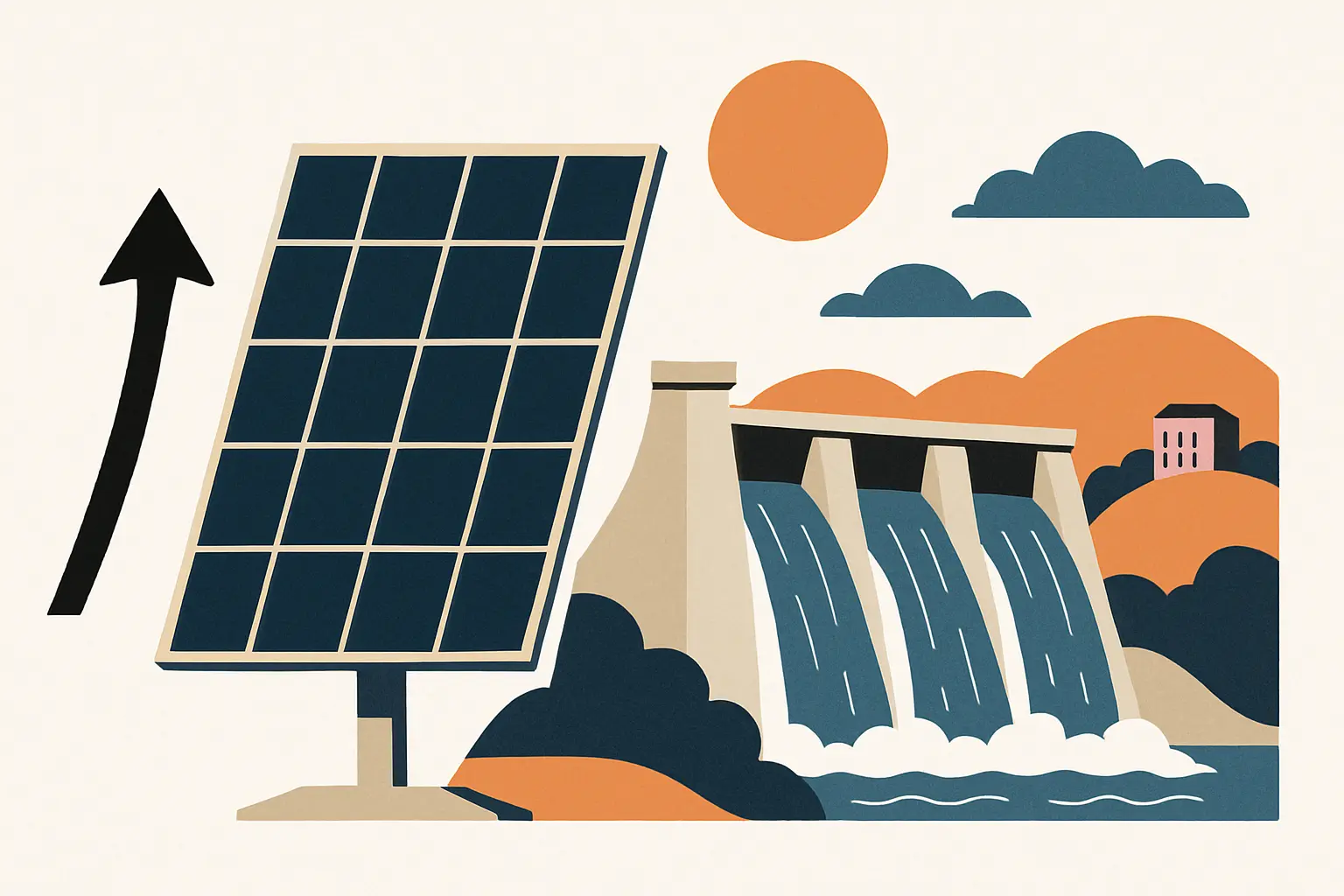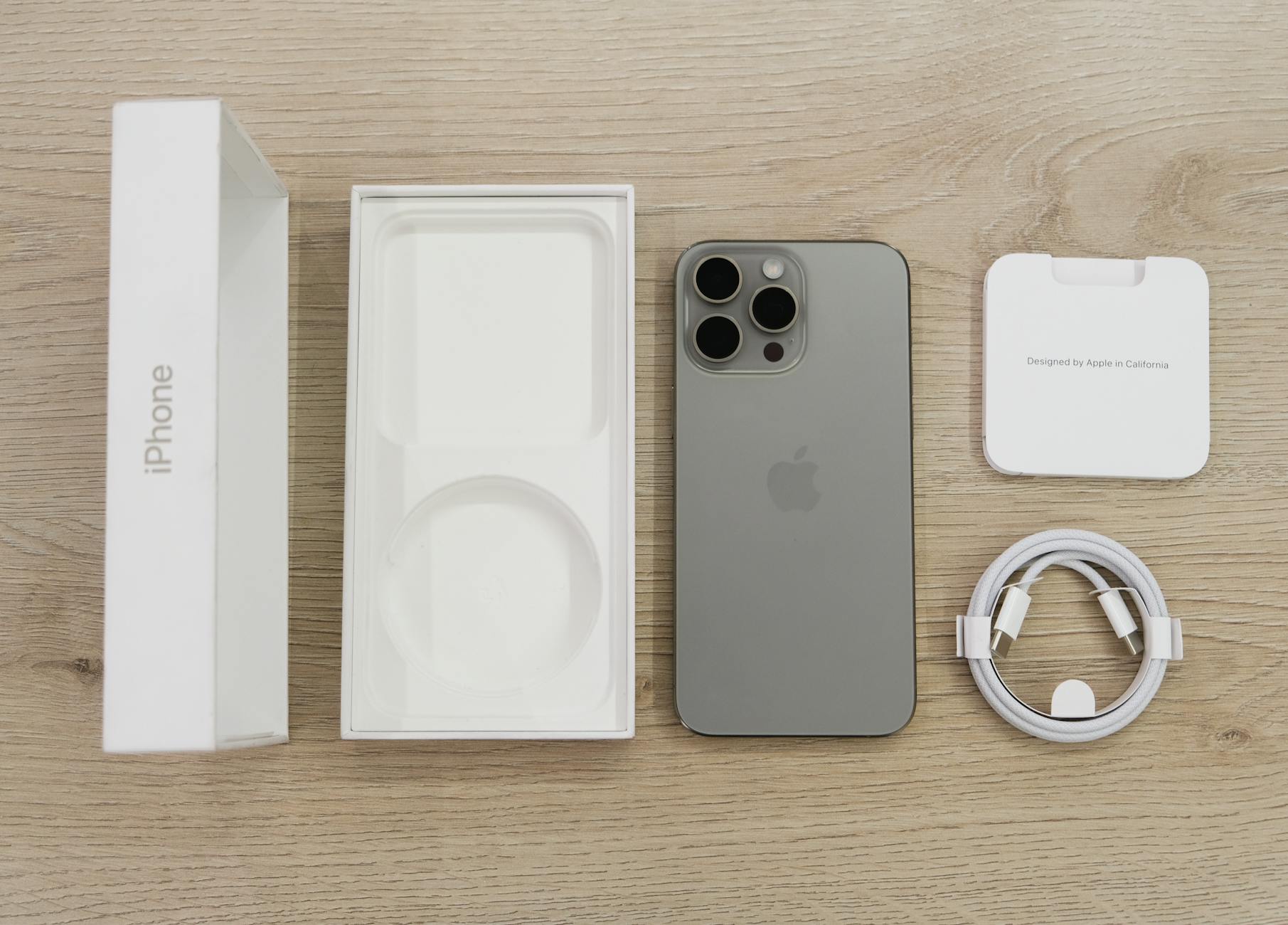Microcline, a potassium-rich feldspar mineral commonly found in pegmatite deposits, is traditionally utilized in ceramics and glassmaking. Recent research by CSIRO suggests that microcline, often a by-product of mining operations, could be repurposed as a building material for space construction. By incorporating microcline into geopolymers—ceramic-like materials made from industrial by-products—scientists aim to create cost-effective building blocks for extraterrestrial structures.
Dr. Romana Dew, Senior Spatial Scientist at CSIRO, highlights the potential of using geopolymers containing microcline to produce synthetic rocks or building blocks in situ on other planets. This approach could significantly reduce the need to transport construction materials from Earth, leveraging local resources to establish bases on the Moon or Mars. The distinctive tartan-like twinning pattern of microcline, observable under polarized light, indicates its unique structural properties, which are beneficial in the formation of these geopolymers.
Context & Background
Microcline is a common feldspar mineral, chemically identical to orthoclase but differing in crystal structure. It forms during the slow cooling of igneous rocks and is a major constituent of granites and pegmatites. Traditionally, microcline has been used in the production of ceramics, glass, and enamel. The green variety, known as amazonite, is also valued as a gemstone.
Geopolymers are inorganic polymers formed by the reaction of aluminosilicate materials with alkaline solutions. They have gained attention as sustainable alternatives to traditional cement, offering advantages such as reduced carbon emissions and the ability to incorporate industrial by-products. The potential use of microcline in geopolymers for space construction aligns with ongoing efforts to utilize in-situ resources for building extraterrestrial habitats, thereby minimizing the logistical challenges and costs associated with transporting materials from Earth.
In This Story
CSIRO
The Commonwealth Scientific and Industrial Research Organisation (CSIRO) is Australia’s national science agency, conducting research across various fields to solve real-world problems and create positive impact.
Dr. Romana Dew
Dr. Romana Dew is a Senior Spatial Scientist at CSIRO, specializing in the study of geopolymers and their applications in sustainable mining technologies and space construction.
Microcline
Microcline is a potassium-rich feldspar mineral commonly found in igneous rocks. It is used in ceramics, glassmaking, and as a gemstone in its green variety, amazonite.
Geopolymers
Geopolymers are inorganic polymers formed by the reaction of aluminosilicate materials with alkaline solutions, offering sustainable alternatives to traditional cement and potential applications in space construction.


















Comments are closed.